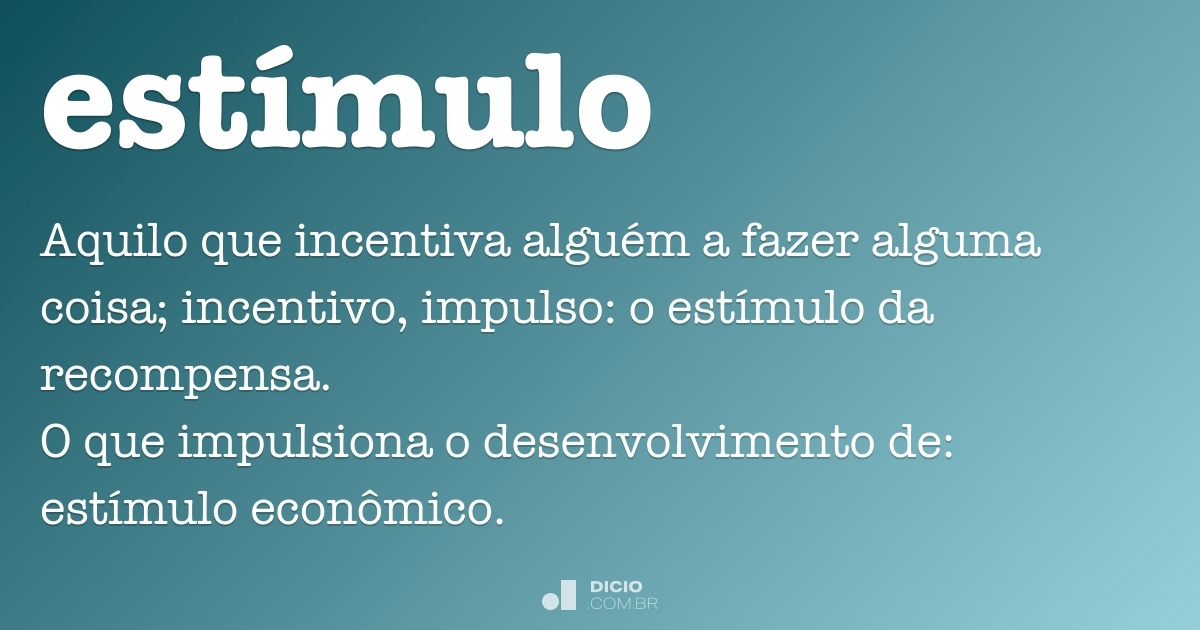

Tool, transmission server, and set-top box. Prototype system for personalized broadcasting services based on TV-Anytime Phase 1 standard which consists of metadata authoring In this paper, we first overview TV-Anytime specifications, and secondly present an end-to-end Latter deals with the sharing and distribution of rich content among local storage devices and/or network digital recorders The former supports PVR-based applications in a uni-directional broadcast and the TV-Anytime standard is classified to Phaseġ and 2 according to its functionality. High volume digital storage in consumer platforms such as a set-top box (STB). The TV-Anytime Forum isĪn association of organizations which seeks to develop specifications to enable audio-visual and other services based on mass-market To support personalized broadcasting service and T-learning, we propose to use TV-Anytime standard.

Recommendation-System can be built by many methods for recommending the learning content including explicit properties using collaborative filtering method that can solve limitations in existing learning recommendation. Through basic metadata with weight value, it is designed to support supplementary learning content from customers to wants on the marketplace.

Especially the metadata designing include recommendation-tag for supply supplementary learning content. This study designed metadata using e-learning marketplace based on IPTV. To IPTV, it can contribute to enhance its effectiveness by developing various contents and service model in the initial phase of broadcasting-communication convergence. This e-Learning Marketplace is increasing the interest of e-Learning service provider with its interactive media characteristics.
Estimulos sonoros definicion tv#
The implementation allows the transformation of TV-Anytime metadata to SCO metadata for the creation of SCORM compatible courses that utilize educational material from TV programs.Į-Learning Marketplace based on IPTV is defined as the marketplace for e-Learning service between contents supplier and demander through IPTV environment. We also describe an implementation of the mapping between the two standards. The approach is also applicable in audiovisual digital libraries providing educational services to their users. The purpose is to provide a methodology for interoperability between educational applications in digital TV environments and to facilitate the creation of educational metadata for digital TV programs. In this paper we examine the compatibility between the international standard for digital TV (TV-Anytime) and the international standard for e-learning (SCORM). The effective development of t-learning systems and applications should be based on existing standardization efforts in the fields of digital TV and e-learning. The term t-learning refers to interactive access of video-rich learning materials, primarily within the home, through a digital TV set-top box. This increased demand, coupled with ongoing training and flexibility training are the bases of the educational television of interactive nature. In modern societies the educational requirements far exceed the school-based models. Facing the e-learning benefits of t-learning are due to the increased deployment of television households in its widespread use and familiarity with it. Abstract The purpose of this paper is to examine the educational possibilities of interactive digital television. Esa mayor demanda, unida a la formación continua y a la flexibilidad formativa son los pilares de lo que debe descansar la TV educativa de naturaleza interactiva.

En las sociedades modernas los requerimientos formativos superan ampliamente los modelos basados en la escuela. En comparación con el e-learning las ventajas del t-learning vienen determinadas por la mayor implantación de la televisión en los hogares, por su uso masivo y la familiaridad con la misma. Resumen La finalidad de esta comunicación es la de examinar las posibilidades educativas que ofrece la televisión digital interactiva.


 0 kommentar(er)
0 kommentar(er)
